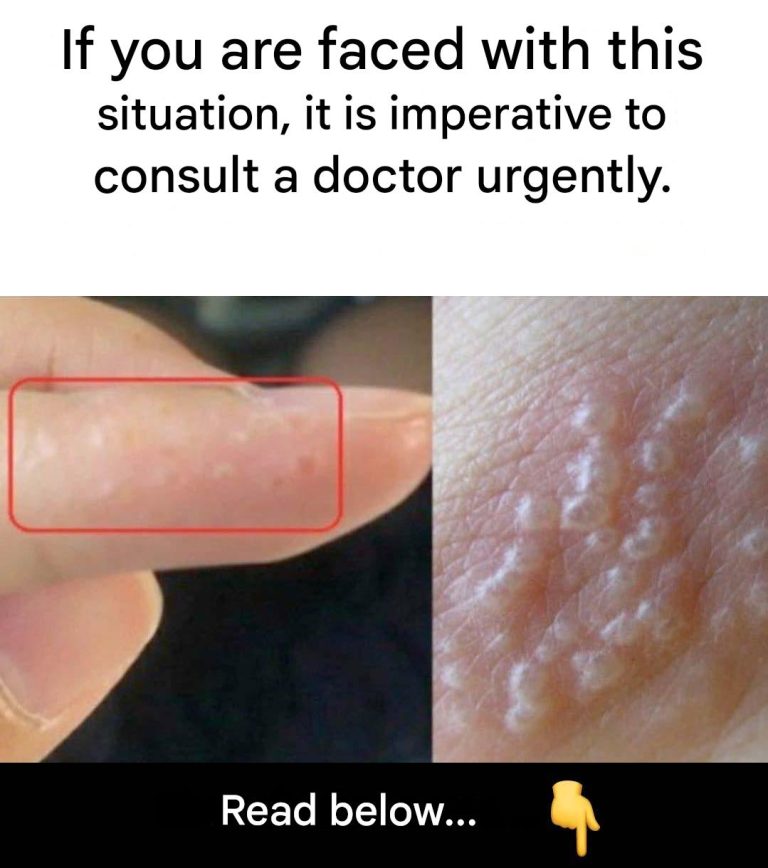How It Differs from Other Eczema Types
Location: Dyshidrotic eczema primarily affects the hands and feet, while other forms of eczema (like atopic dermatitis) can appear anywhere on the body.
Blisters: Dyshidrotic eczema is marked by blisters, whereas other types of eczema may present as red, inflamed patches without blisters.
Diagnosis
Clinical Examination: A dermatologist usually diagnoses dyshidrotic eczema based on physical examination and medical history.
Skin Biopsy: In some cases, a biopsy may be done to rule out other skin conditions, especially if the diagnosis is uncertain.
Treatment Options
While there is no cure for dyshidrotic eczema, treatments aim to control symptoms and reduce flare-ups:
Topical Treatments:
Steroid creams: Topical corticosteroids are often prescribed to reduce inflammation and itching.
Emollients: Moisturizers help to keep the skin hydrated and prevent dryness, which can worsen the condition.
Topical calcineurin inhibitors: These are alternatives to steroids, especially for sensitive areas.
Oral Medications:
Oral steroids: In severe cases, oral corticosteroids may be prescribed.
Antihistamines: These can help reduce itching, especially at night.
Light Therapy (Phototherapy): For chronic or severe cases, ultraviolet (UV) light treatment may be used to reduce inflammation and improve skin condition.
Wet Dressings: Applying wet bandages can help soothe the skin during flare-ups, especially when the skin is cracked or inflamed.
Managing Triggers:
Avoid irritants: Using mild soap, wearing gloves when handling chemicals, and avoiding known allergens like nickel can help.
Stress management: Reducing stress through relaxation techniques, yoga, or therapy may reduce flare-ups.
Dietary Changes: Some people may find that eliminating certain foods (like those high in nickel) can reduce flare-ups, but this varies from person to person.
Complications of Dyshidrotic Eczema
If left untreated, dyshidrotic eczema can lead to complications such as:
Infections: Blisters that break open can lead to bacterial or fungal infections.
Chronic skin thickening: Persistent eczema can cause the skin to thicken, crack, or become scaly, leading to discomfort.
Scarring: Severe flare-ups or infections can result in scarring.
Continue Reading in next page
